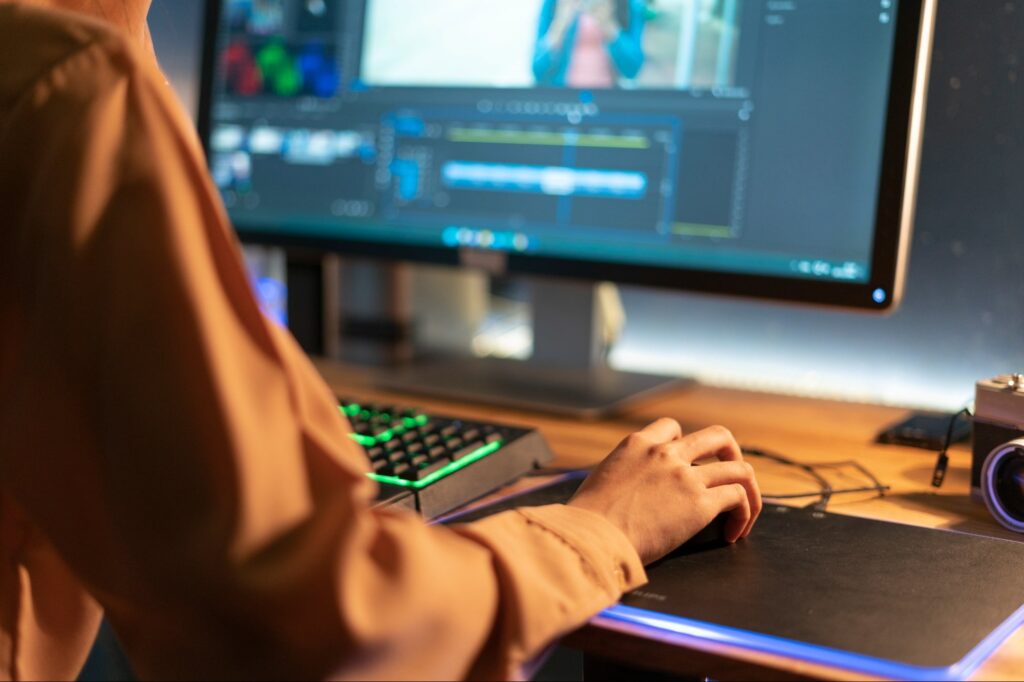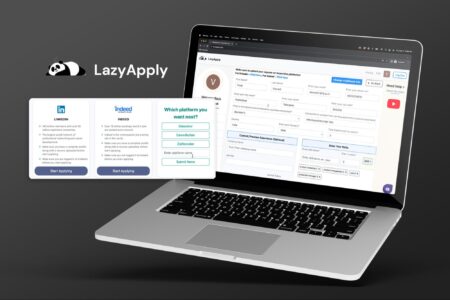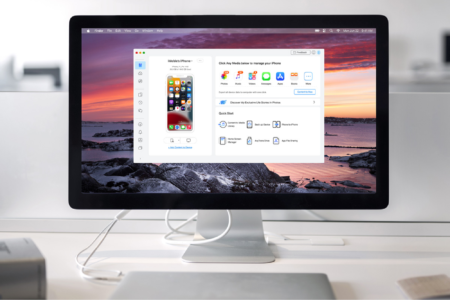Entrepreneur
Video content seems to be everywhere, and it’s hard to find a business that doesn’t use video in its daily operations in some way. Whether it’s for internal processes, social media marketing or a company’s website, video has become an essential part of how businesses communicate with their customers.
Yet, not every company can hire professional editors to handle this part of the job. But no worries; in a world where AI technology is advancing so fast, you don’t have to do so much manual video editing any more.
At my video editing company, we’ve discovered some great AI-driven solutions that your team can use to make their videos look professional. But what exactly does it mean to “make videos look professional,” and what tools can you use for that?
1. Cleaning up audio
Many businesses record video podcasts or interviews for their marketing purposes. One of the biggest challenges they face with these “talking videos” is managing the sound. Filler words like “um,” “ah,” pauses, or inconsistent speech patterns of the speakers can make the editing process extremely time-consuming. Different people talk at different speeds, and sometimes you’ll need to cut things out to make the content more engaging and smooth.
If you’re looking to make your videos more polished like that, focus on the sound. A great tool that can help with this is Adobe Podcast.
It automatically cleans up audio, removes those filler words and awkward pauses, and helps deliver clear, concise sound, especially for videos where people are talking a lot. With this tool, your social media managers or any other team members working with video can quickly improve its quality without advanced editing skills.
Related: 4 Pro Tips for Optimal Online Presentations
2. Reducing background noise
Another popular format that comes with its set of challenges is field interviews — conversations with people in the street. It’s a dynamic and engaging way to gather authentic insights, but there’s one common issue that can make your video feel more amateur.
That issue is background noise. Even the best microphones can sometimes fail, letting in unwanted sounds from the environment. In some cases, your microphone might stop working altogether, leaving you with audio full of background noise.
Waves can help clean up this noise and improve your audio quality. Simply upload your video to the platform, and let the AI work its magic. It removes unwanted background noise, leaving you with clear audio that makes your videos much more professional and enjoyable to watch.
Related: 8 Budget-Friendly AI Tools to Boost Your Marketing
3. Enhancing video quality
When it comes to the video itself, one of the most common frustrations is discovering the quality isn’t what you hoped for, especially after uploading it to the computer. This is often true for user-generated content or other footage shot by an amateur. You might find that some pixels are missing or certain sections appear blurry. Things get even worse when you upload the video to social media, as these platforms tend to compress the files, further reducing the quality.
To address this problem and improve the overall video quality, you can turn to video upscaling programs like Topaz Video AI. This tool analyzes your clips, predicts and reconstructs missing pixels to create a better resolution. By using Topaz Video AI, you can significantly improve the quality of your videos, making them more visually appealing and suitable for sharing on social media platforms.
4. Editing videos in multiple languages
You might also need AI when recording conferences your team organizes or conducting interviews with international colleagues. Often, such content is challenging to edit just because you don’t understand the language. As a result, these clips can end up as lengthy, 2-hour video speeches that don’t receive many views.
However, you don’t need to hire a translator; there’s a tool you can use to edit videos with international speakers, even if you don’t understand the language.
Subtitles Pro generates voice-to-text scripts in 35 different languages and translates them into English. With this tool, your team can understand what’s going on in the videos and know where to cut them correctly.
To sum up
Using AI tools can make a real difference in improving the quality of your videos and making them available to wider audiences. Besides, these tools will allow you to create professional-looking content without needing extensive resources, no matter if you’re making social media clips, conducting interviews, or recording video podcasts.
Read the full article here











